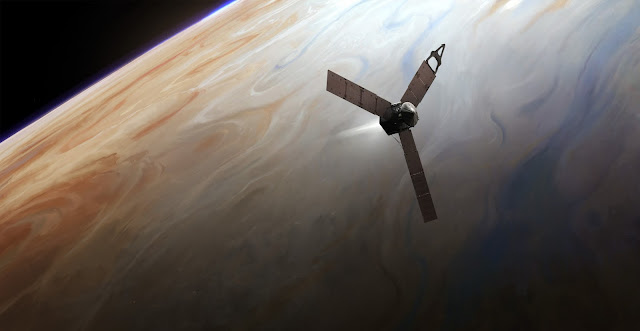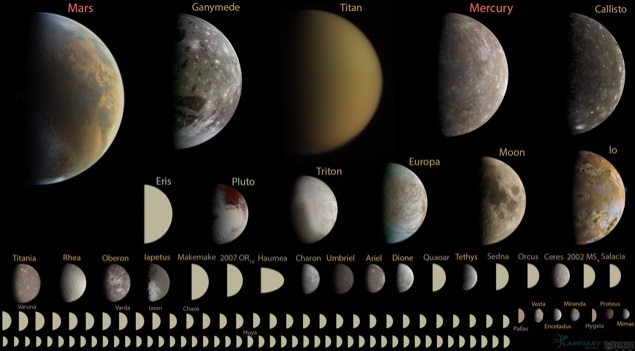Simone Marchi, a senior research scientist at the Southwest Research Institute in Boulder, Colorado, stated:
We concluded that a significant population of large craters on Ceres has been obliterated beyond recognition over geological time scales, which is likely the result of Ceres' peculiar composition and internal evolution...Whatever the process or processes were, this obliteration of large craters must have occurred over several hundred millions of years.Maybe it does make sense for Dawn to stick around a learn a little more about this fascinating dwarf planet buried in the asteroid belt.
This video from NASA's Jet Propulsion Laboratory shares even more details.















